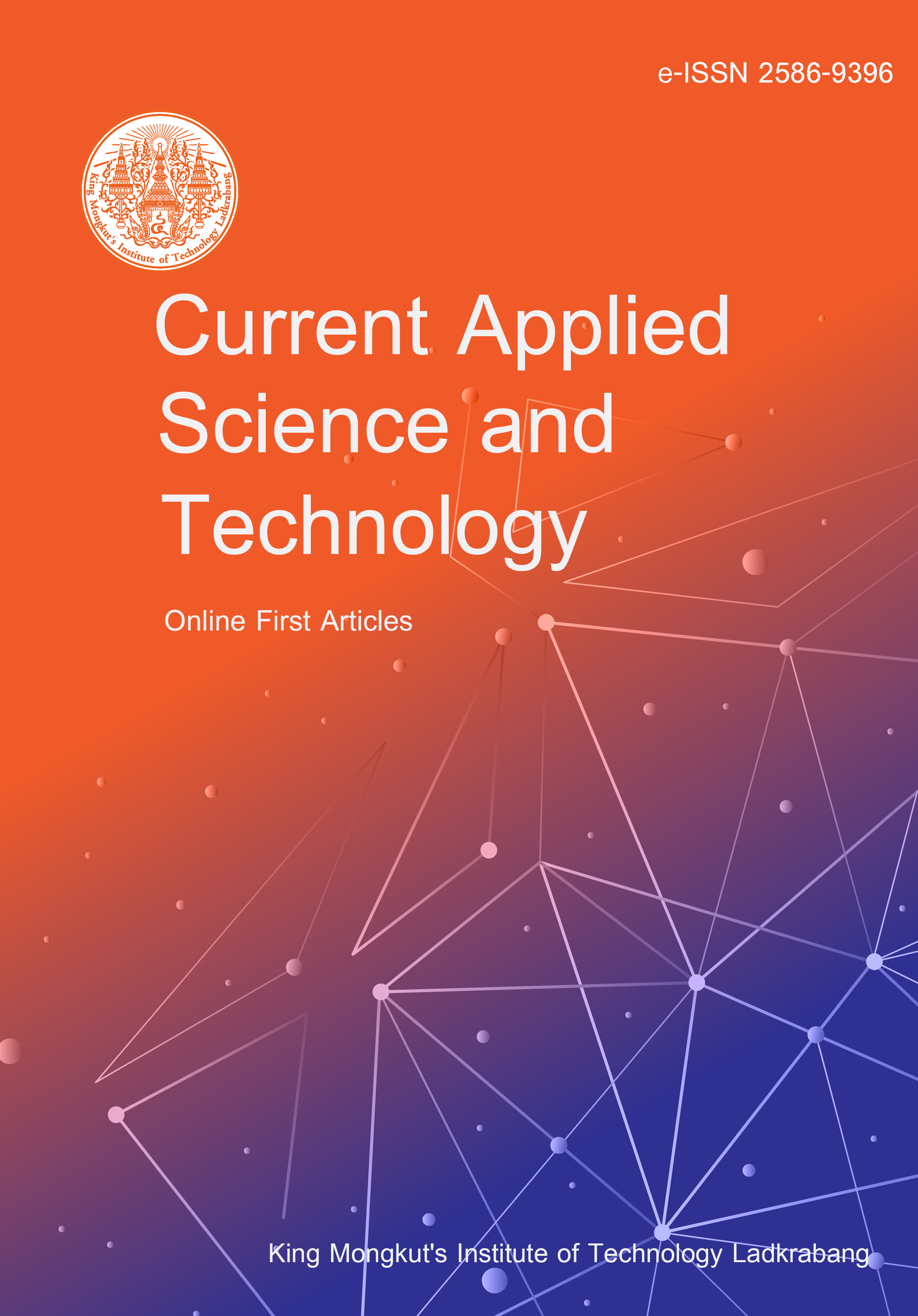The aim of this work was to develop ready-to-eat seasoned Tilapia fish with stir-fried red curry paste. A focus group discussion was conducted to generate product concepts. These concepts were then applied to study preliminary fish processing using 4 treatments: blanching and baking (BB) at 180°C (BB180) and at 200°C (BB200), marination (M), and sous-vide (SV) at 65°C. The relationship between physical, chemical, and sensory qualities of processed fish (with/without curry paste) packed in microwaveable packaging was analyzed. A biplot result explained 71.33% of the total variance. Among these, treatment BB200-FC (fish with curry paste) was found to be strongly linked to the positive end of PC1 with high sensory acceptance. In contrast, treatment BB180-F (fish without curry paste) was at a negative end. Then, the ingredients of seasoned curry paste were modified into 4 formulars (A-D) based on BB200-FC and compared with 2 commercial formulars (E and F). The results showed that all paste formulas received significantly different liking scores (p<0.05). Seasoned curry paste formular B received the highest overall liking score of 7.53 with slightly strong spiciness and saltiness. Therefore, the amount of curry and shrimp paste was reduced and tasted by 3 consumer groups (low, medium and high preferred spiciness levels). The results revealed no significant differences in preference scores among the various consumer groups (p>0.05) except for appearance. From PCA, there was a higher concentration of consumers close to formula B1 (with curry paste reduced by 75%) and formular B. These findings highlight the potential for developing a convenient and well-accepted Thai-inspired healthy seasoned fish with a nutritious curry paste.
Juemanee, A. ., Apirattananusorn, S. ., & Thepnuan, R. . (2025). Development of Seasoned Tilapia Fillet with Spicy Stir-fried Curry Paste Product. CURRENT APPLIED SCIENCE AND TECHNOLOGY, e0266508. https://doi.org/10.55003/cast.2025.266508

